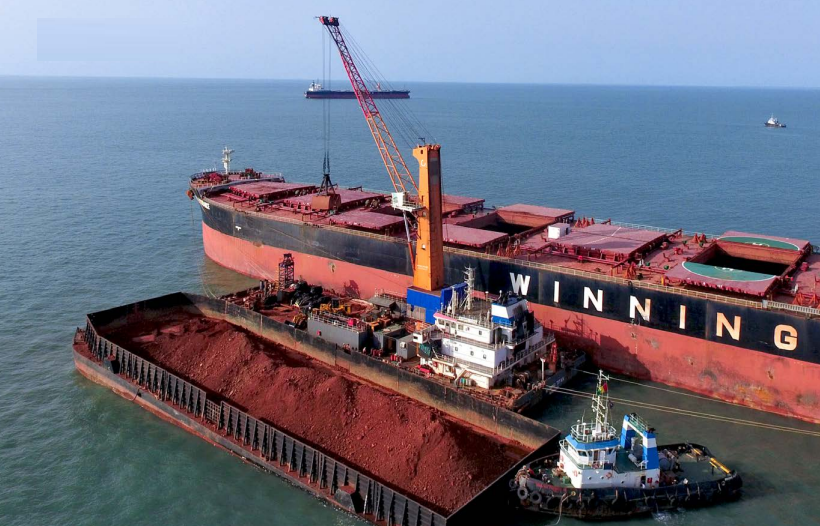Capesize fleet transporting more bauxite than coal amid rising demand in China
According to shipbroker Arrow, the surge in bauxite demand in China has resulted in capesize fleet carrying more bauxite than coal for the first time. The capesize vessels are traditionally used for coal shipments, but now, due to increased demand for the ore in the Chinese market, they are being repurposed to carry larger volumes of bauxite.
 Image source: MarineLink
Image source: MarineLink
Arrow stated in a report that bauxite shipment from Guinea to China surged at the beginning of the year as panamaxes vessels cannibalised capesize coal cargoes. That made bauxite the second-largest capesize commodity after iron ore.
In 2024, China imported 159 million tonnes of bauxite, up by 18 million tonnes from 2023, with 77 per cent of all shipments carried out on capes, leading to Guinea's higher capesize share of Australian bauxite trades to 20 per cent in 2024, whilst the African country becoming the world's dominant supplier of the primary aluminium raw material.
Another shipbroker, BRS, projects bauxite exports from West Africa to China to grow by another 20 million tonnes in 2025, stating: "Infrastructure improvements in West Africa led by Guinea and including Ivory Coast, Sierra Leone, and Ghana, are expected to drive further increases in supply for the seaborne market, and especially supply for China."
According to BRS, increased primary aluminium demand in China, driven by the 'New Three', namely electric vehicles, lithium batteries, and solar panels, is boosting the demand and consumption of bauxite in the domestic market.
"Considering the longer voyage distances, the bauxite market is expected to exert an increasing influence on the capesize segment via heightened volatility in the fronthaul route," BRS concluded.
The rise of the seaborne bauxite trades will be a vital point of discussion at Geneva Dry, the world's premier commodities shipping event, set to take place at the Hotel President Wilson on the shore of Lake Geneva on April 28 and 29, 2025.
This news is also available on our App 'AlCircle News' Android | iOS




.gif/0/0)

















